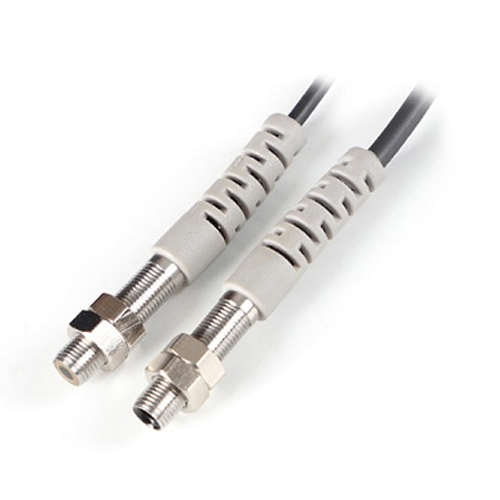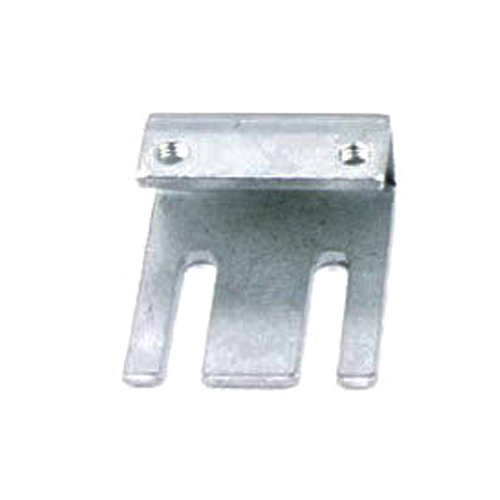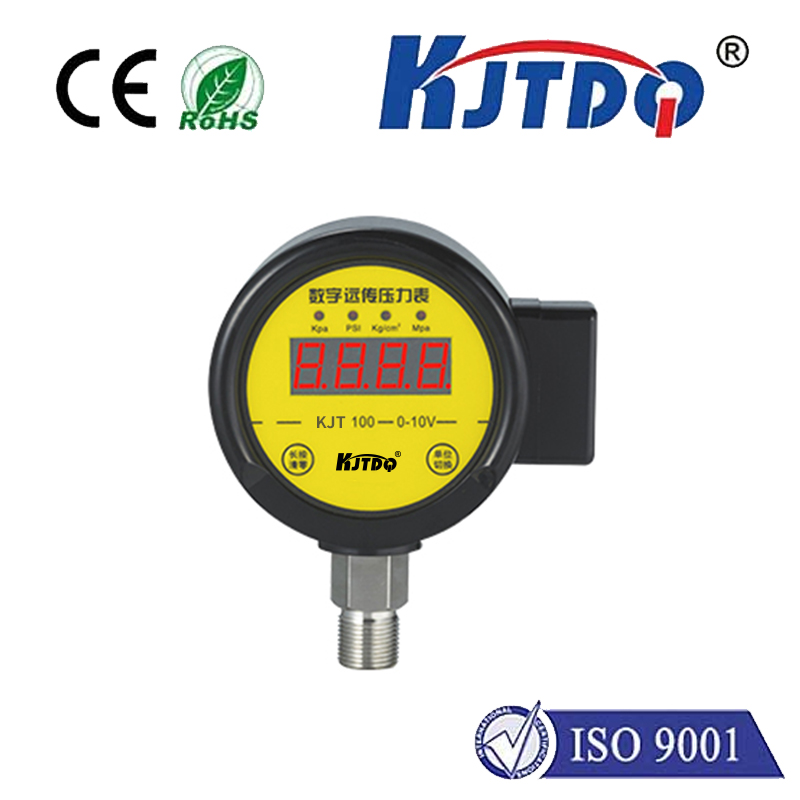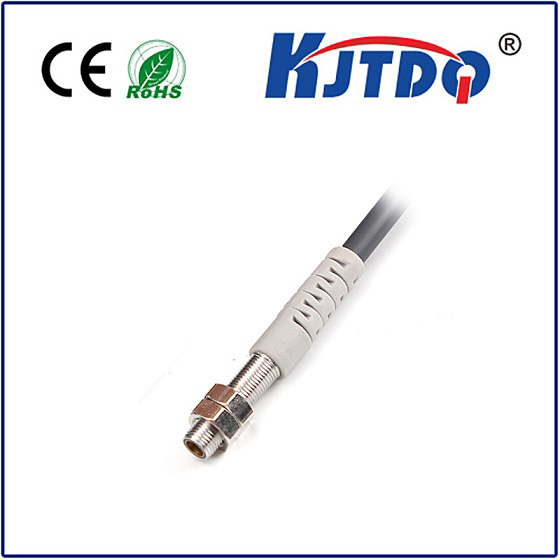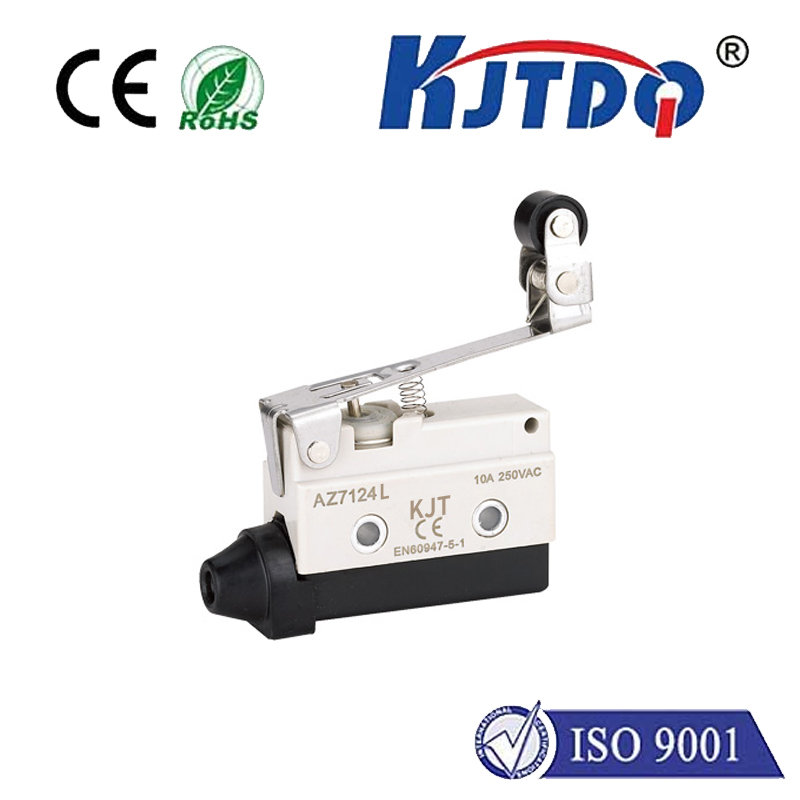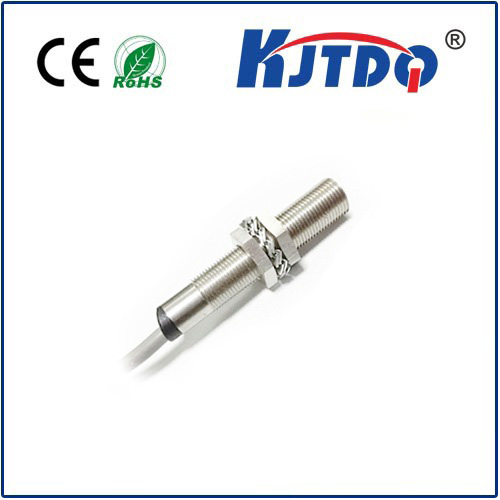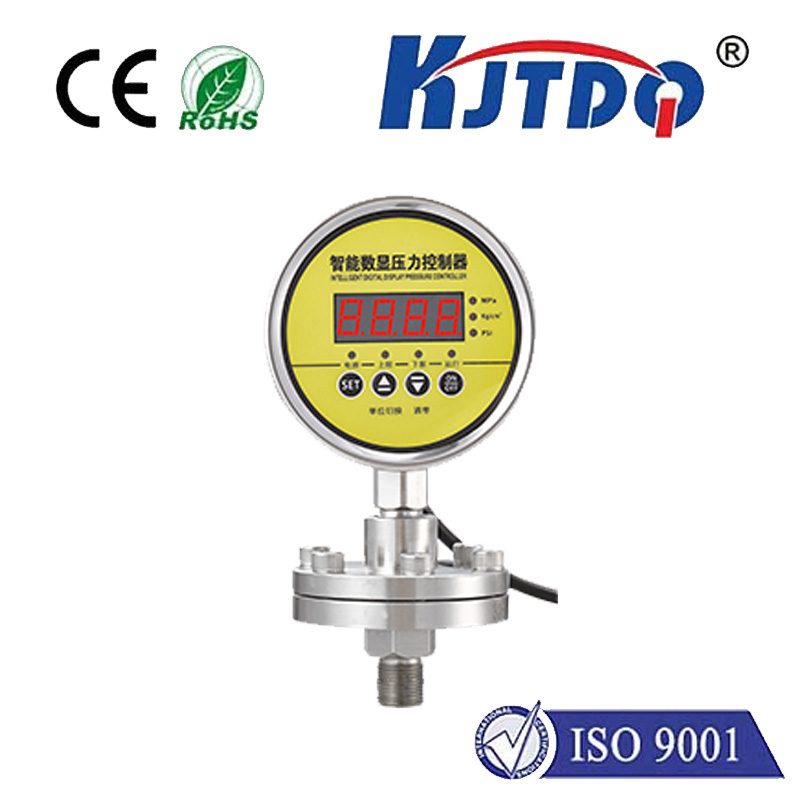infrared proximity sensor 24v
- time:2025-09-07 00:17:44
- Click:0
Infrared Proximity Sensor 24V: The Reliable Workhorse for Industrial Sensing
Imagine a bustling factory floor: robotic arms whirring, conveyor belts humming, machines executing precise tasks with rhythmic efficiency. In this demanding environment, knowing exactly where objects are – or aren’t – is critical. Safety systems need to halt machinery before collisions occur; automated processes require confirmation parts are in position; inventory systems track items on the move. This is where the 24V Infrared (IR) Proximity Sensor proves indispensable. Far more robust than their consumer-grade cousins, these sensors offer reliable, non-contact detection tailored for the rigors of industrial automation.
Understanding the Core Technology: Infrared Proximity Sensing
At its heart, an infrared proximity sensor operates by emitting an invisible beam of infrared light. A dedicated receiver then detects if this beam is reflected back by an object within its specified sensing range. Crucially, the sensor doesn’t require physical contact, making it ideal for detecting objects where touch is impractical or undesirable – delicate items, fast-moving parts, or in harsh environments.
The magic lies in the processing. The sensor’s internal circuitry analyzes the strength, timing, or modulation pattern of the reflected IR beam. This allows it to distinguish a valid object reflection from ambient infrared light (like sunlight or heat sources) and accurately determine presence or absence within its calibrated range. Advanced models can even provide basic distance information (analog output) or differentiate between object types based on reflectivity.

Why 24V DC? The Industrial Standard
The “24V” specification isn’t arbitrary; it’s the cornerstone of industrial automation power systems. Here’s why 24V DC is the preferred choice for IR proximity sensors in factories, warehouses, and production lines:
- Safety First: Compared to higher voltage AC systems (like 110V or 230V), 24V DC is significantly safer. It presents a much lower risk of severe electric shock, crucial in environments where personnel interact with machinery and sensors might need adjustment or replacement near live components.
- Compatibility & Integration: 24V DC is the de facto standard voltage for Programmable Logic Controllers (PLCs), relays, solenoids, motor controllers, and most industrial control panels. Using a 24V proximity sensor ensures seamless wiring and integration into existing control systems without needing complex voltage conversion. This plug-and-play nature simplifies installation and reduces design complexity.
- Noise Immunity: Industrial environments are electrically noisy, filled with electromagnetic interference (EMI) from motors, drives, and switching equipment. DC power systems, particularly well-regulated 24V DC supplies, offer superior noise immunity compared to AC. This translates directly to more stable and reliable operation for your IR sensors, minimizing false triggers or signal dropouts caused by electrical interference.
- Wiring Efficiency: Lower voltage DC systems often allow for longer cable runs without significant voltage drop compared to some AC configurations, offering more flexibility in sensor placement.
Key Advantages of Infrared Proximity Sensors (24V)
Choosing an infrared proximity sensor 24V brings distinct benefits tailored for industrial settings:
- Non-Contact Operation: Eliminates mechanical wear and tear on both the sensor and the target object, leading to longer operational lifespan and reduced maintenance costs. Ideal for delicate objects or high-speed applications.
- Detection of Non-Metallic Objects: Unlike inductive sensors (which only detect metals), infrared sensors can reliably detect a vast range of materials – plastic, wood, cardboard, glass, liquids, and more. This versatility is invaluable on diverse production lines.
- Reliable Performance in Challenging Conditions: Many industrial IR proximity sensors are designed with robust housings (often IP67 or IP69K rated) to withstand dust, moisture, oil spray, and temperature fluctuations common in factories.
- Fast Response Times: Capable of detecting objects in milliseconds, making them suitable for high-speed automation where precision timing is critical.
- Compact Design: Available in small form factors, allowing for easy mounting in space-constrained locations within machinery or equipment.
Where Do 24V IR Proximity Sensors Shine? (Applications)
The combination of non-contact detection, material versatility, and industrial-grade robustness makes the infrared proximity sensor 24V a solution for countless tasks:
- Object Presence/Absence Verification: Confirming parts are present on a conveyor belt, in a fixture, or at a specific workstation.
- Position Sensing: Detecting the start/end point of a linear slide, the open/closed position of a door or valve, or the height of a stack.
- Counting & Inventory Management: Accurately counting items moving past a point on a conveyor or tracking inventory bins.
- Security & Safety: Triggering alarms on unauthorized access points, forming safety light curtains to protect personnel around hazardous machinery (often using arrays), or ensuring guards are closed before machine start-up.
- Level Detection: Monitoring fill levels in bins, tanks, or hoppers (especially useful for transparent container liquids where ultrasonic might struggle).
- Printing & Packaging: Detecting labels, sheets, or cartons at critical points in printing presses, box formers, or filling machines.
- Robotics: Providing object detection for robotic arms during pick-and-place operations or ensuring clear paths.
Selecting the Right 24V Infrared Proximity Sensor: Key Considerations
Not all IR proximity sensors are created equal. When specifying one for your industrial application, consider these factors:
- Sensing Range: Match the required detection distance precisely. Over-specifying can lead to unintended detections.
- Output Type: NPN or PNP? NO (Normally Open) or NC (Normally Closed)? Ensure compatibility with your PLC or controller input card. Many sensors offer configurable outputs.
- Connection Type: Pre-wired cable, quick-disconnect (M8/M12 connector), or terminal block? Consider ease of installation and maintenance.
- Housing Material & Protection Rating (IP Code): Choose robust materials (stainless steel, rugged plastic) and an IP rating suitable for the environmental exposure (dust, water, chemicals, washdown).
- Beam Pattern & Size: Focused beam for precise detection or diffuse for wider coverage? Consider the size and nature of the target.
- Environmental Factors: Temperature extremes, exposure to strong ambient light sources, or heavy vibration? Select a sensor designed to handle these conditions. Look for features like background suppression or immunity to ambient light.
- Target Properties: The color, texture, and material of the object will affect reflectivity. Dark, matte, or highly transparent objects can be more challenging; sensors optimized for “black object detection” or specific materials exist.
For demanding industrial automation, the 24V infrared proximity sensor is far more than just a component; it’s a fundamental enabler of safety, efficiency, and precision. Its ability to provide non-contact, reliable detection across diverse materials, coupled with seamless integration into the industrial 24V DC ecosystem, makes it an essential tool. By understanding the technology, the critical role of the 24V standard, and carefully selecting the right sensor for the task, engineers and maintenance professionals ensure smooth, optimized, and safe operations on the factory floor day in and day out.






